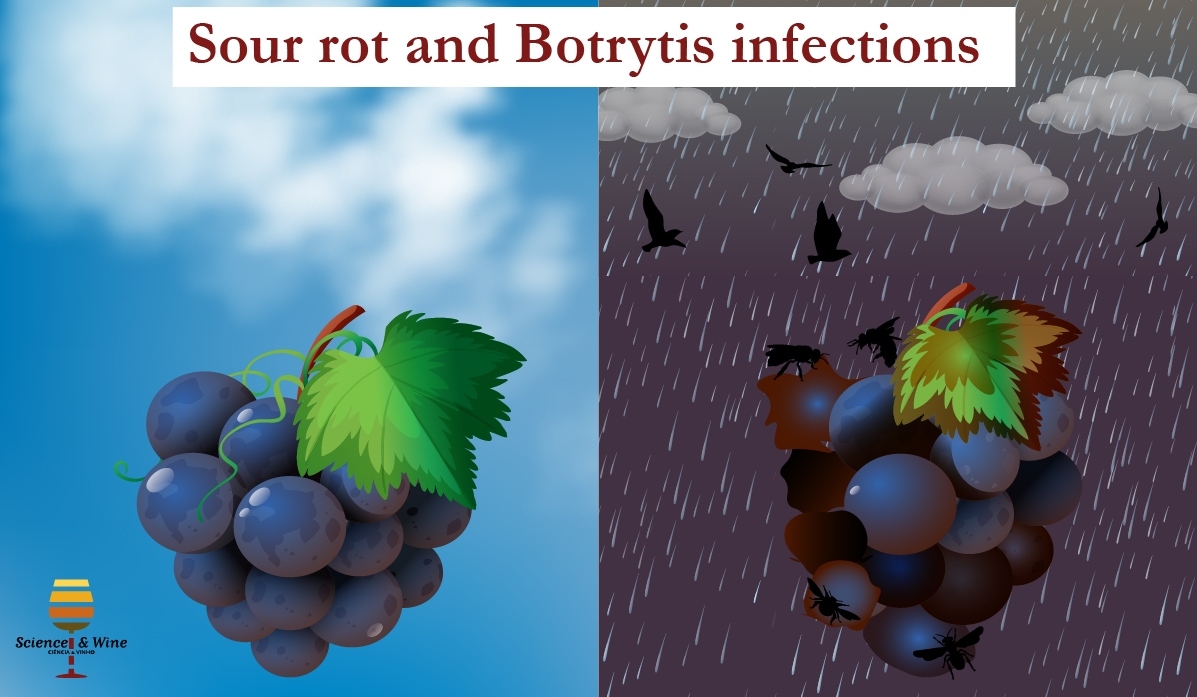Wine quality depends of several factors, being grapes quality one of the most important ones. In the world, the main losses in viticulture are related with chemical composition and the grape microbiota. Rotten grapes might affect the alcoholic fermentation and, therefore, wine quality. In this post are discussed the results obtained in a study aimed to establish the relationship between the sour rot and Botrytis infection affecting Macabeo grapes with specific changes on the grape microbiota.
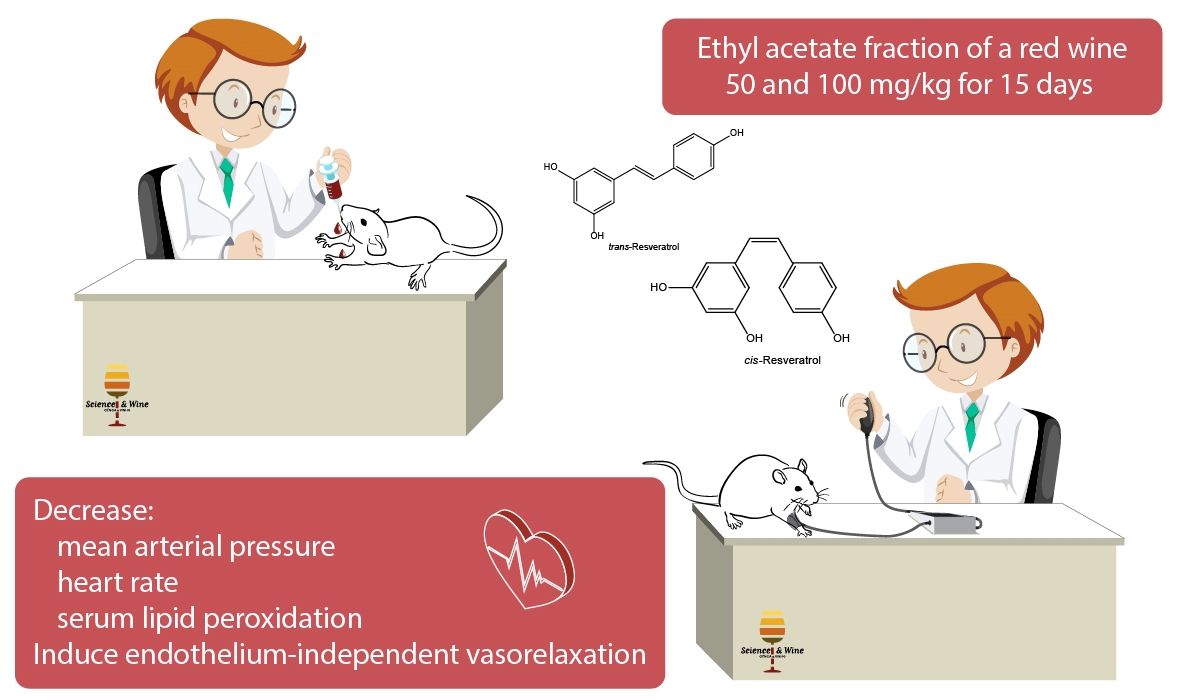
Red Wines from Northeastern Brazil: An Abundant Source of Biologically Active Phenolics
A phenolic-rich fraction extracted from red wine from the São Francisco valley, Northeastern Brazil, was chemically characterized and its hypotensive and antioxidant effects on spontaneously hypertensive rats were studied both in vitro and in vivo. Liquid chromatography coupled to mass spectrometry analysis showed that this fraction was rich in flavonols, flavonol glycosides, phenolic acids and anthocyanins. Pre-treatment of spontaneously hypertensive rats with this wine fraction by gavage for 15 days decreased mean arterial pressure and heart rate as well as serum lipid peroxidation. This demonstrate it is possible for phenolic constituents of red wine that are orally bioavailable to exert in vivo hypotensive and antioxidant effects on intact endothelial function.
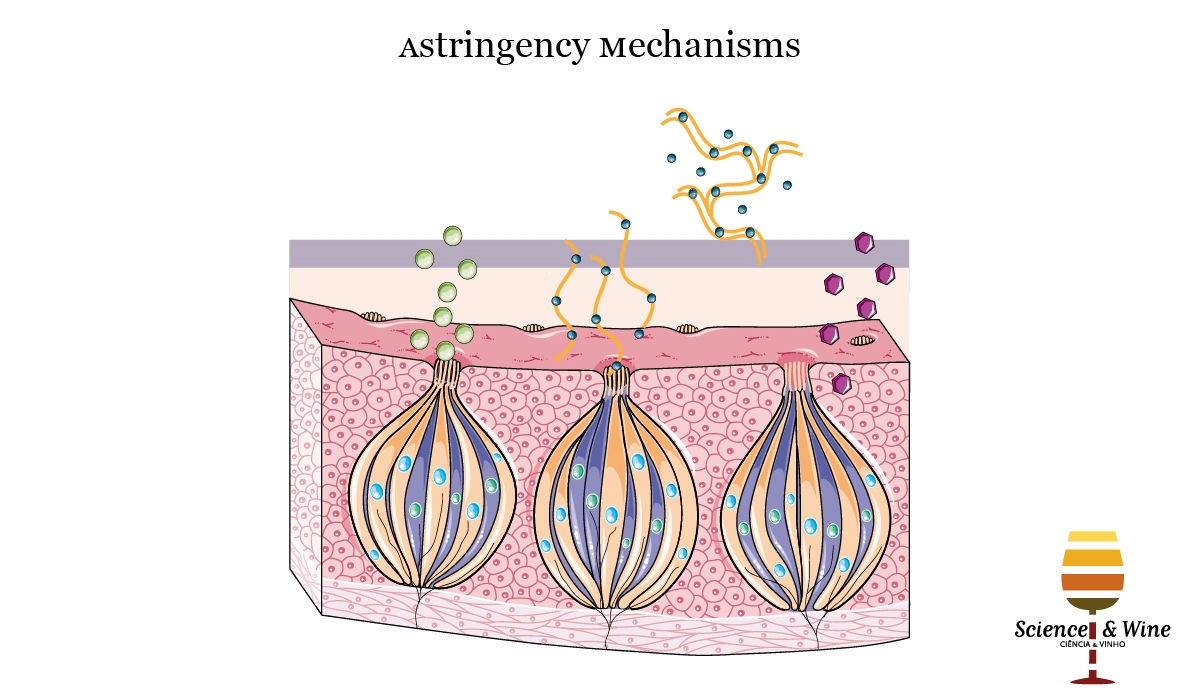
Modulation of wine astringency by mannoproteins –salivary protein/mannoprotein/polyphenol interactions
The oral sensation called astringency is commonly described as drying, roughing and puckering in the mouth epithelia. Since some polyphenols are able to bind salivary proteins, namely PRPs, they can form insoluble tannin-protein precipitates in the mouth, causing a loss of lubrication and increased friction in the oral cavity, which would explain its astringency. This mechanism is thought to be the main responsible of wine astringency. A recent study has evaluated the effect of the addition of yeast mannoproteins (MP) on the interaction between a flavonol glucoside (quercetin 3-O-glucoside) and human salivary proteins, combining sensory analysis and analytical techniques such as quenching fluorescence, dynamic light scattering and isothermal titration calorimetry. Results obtained indicate the existence of interactions between mannoproteins and flavonols but also between mannoproteins and salivary proteins, suggesting a possible formation of protein/polyphenol/polysaccharide ternary complex that probably affects the astringency perception.
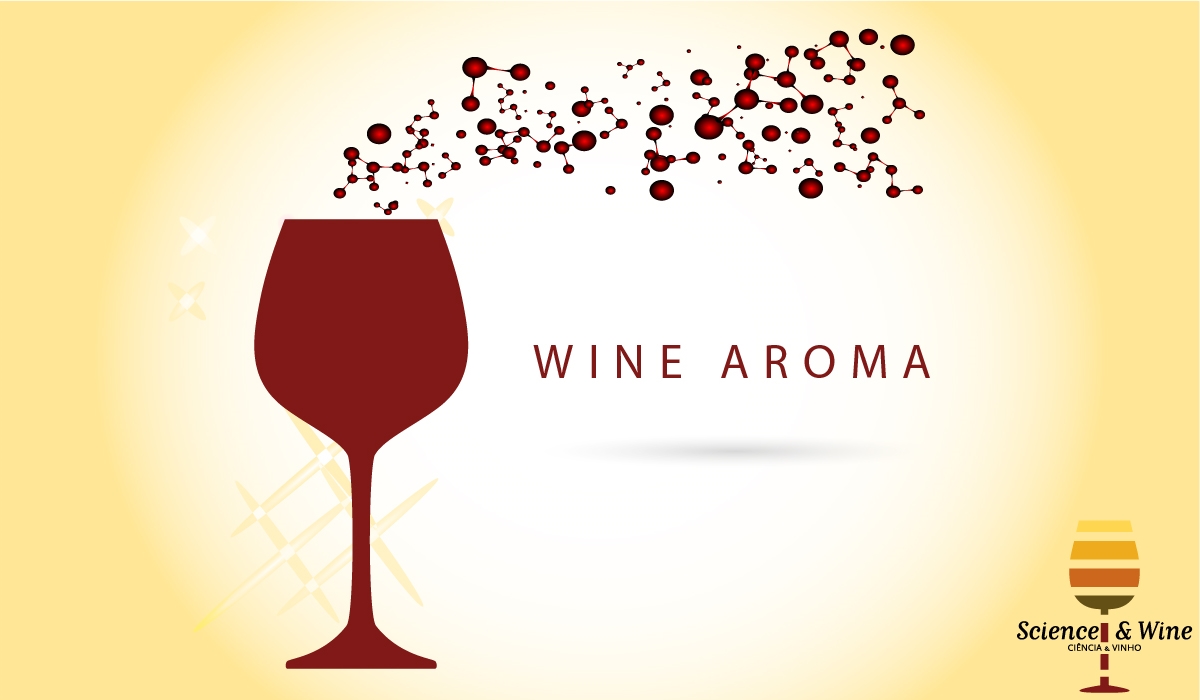
Characterization of the aroma profile of wines by solid-phase microextraction using polymeric ionic liquid sorbent coatings
By Leandro Wang Hantao Viticulturists and vintner carefully address the chemistry of winemaking (ripening, fermentation, and maturation) to bestow a symphony of unique and pleasant flavors to the final product (Crucello et al, 2018). Aroma is one the main factors contributing to the quality of wine and sets the difference between a vast number of wines and wine styles produced throughout the…
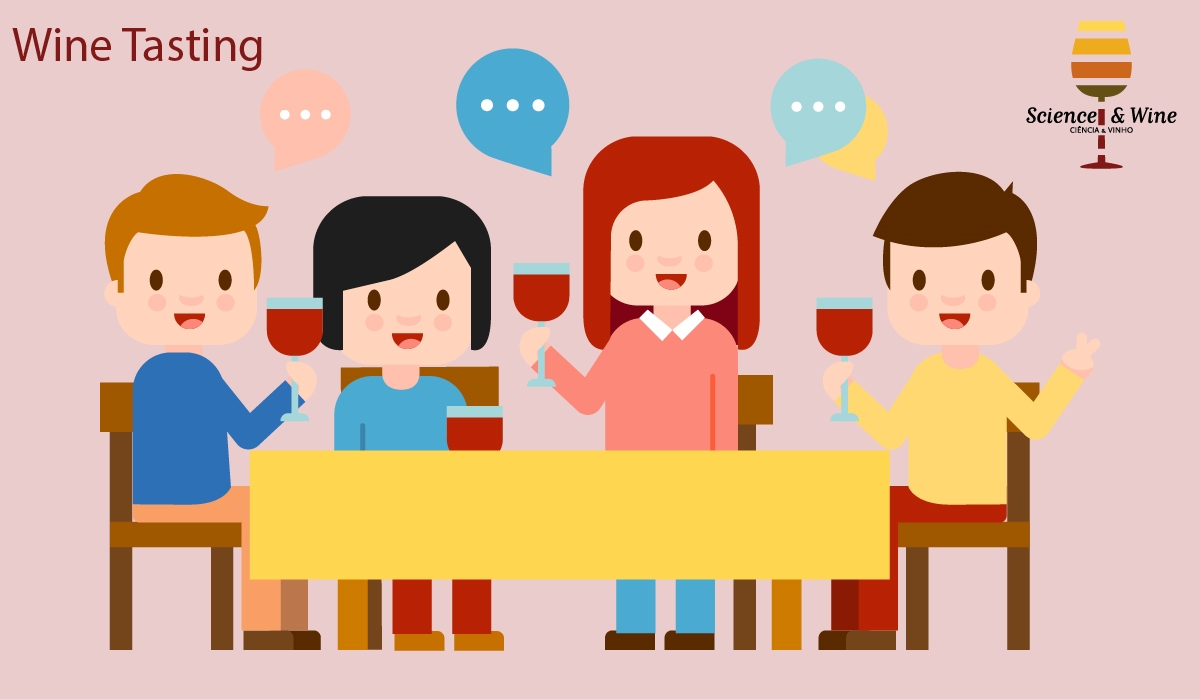
Does blind wine tasting work? Investigating the impact of training on blind tasting accuracy and wine preference
Blind wine tasting refers to the practice of tasting a wine without seeing the label, and deducing the grape variety, location of origin, and vintage of the wine based on what one perceives and infers from the glass. Earlier this year, as the Oxford University Blind Tasting Society started their training season, we had a unique opportunity to follow the progress of a group of relatively novice tasters as they went through the intensive five-week training program under the watchful eye of long-time coach and Oxford Companion to Wine contributor, Hanneke Wilson. The study, funded by an American Association of Wine Economists research scholarship, aimed to get a longitudinal view of expertise acquisition over an intense period of blind tasting training, where participants attend multiple tastings a week over a period of 36 days.

